RS485 7 Click
R430.00 ex. VAT
RS485 7 Click is a compact add-on board that enables communication over an RS485 network. This board features the THVD1424, a full duplex RS485 transceiver with a selectable data rate from Texas Instruments. The THVD1424 offers several pin-controlled features, including an on-chip 120Ω termination resistor, slew rate control, and the ability to switch between half and full duplex mode. With its high immunity to IEC Contact Discharge ESD events, the bus pins require no additional system-level protection components. Additionally, the chip is known for its low power consumption and glitch-free power-up/power-down functionality, which enables hot plug-in capability. This Click board™ is suitable for industrial and multi-point applications over long cable runs.
RS485 7 Click is fully compatible with the mikroBUS™ socket and can be used on any host system supporting the mikroBUS™ standard. It comes with the mikroSDK open-source libraries, offering unparalleled flexibility for evaluation and customization. What sets this Click board™ apart is the groundbreaking ClickID feature, enabling your host system to seamlessly and automatically detect and identify this add-on board.
Stock: Lead-time applicable.
| 5+ | R408.50 |
| 10+ | R387.00 |
| 15+ | R365.50 |
| 20+ | R351.74 |

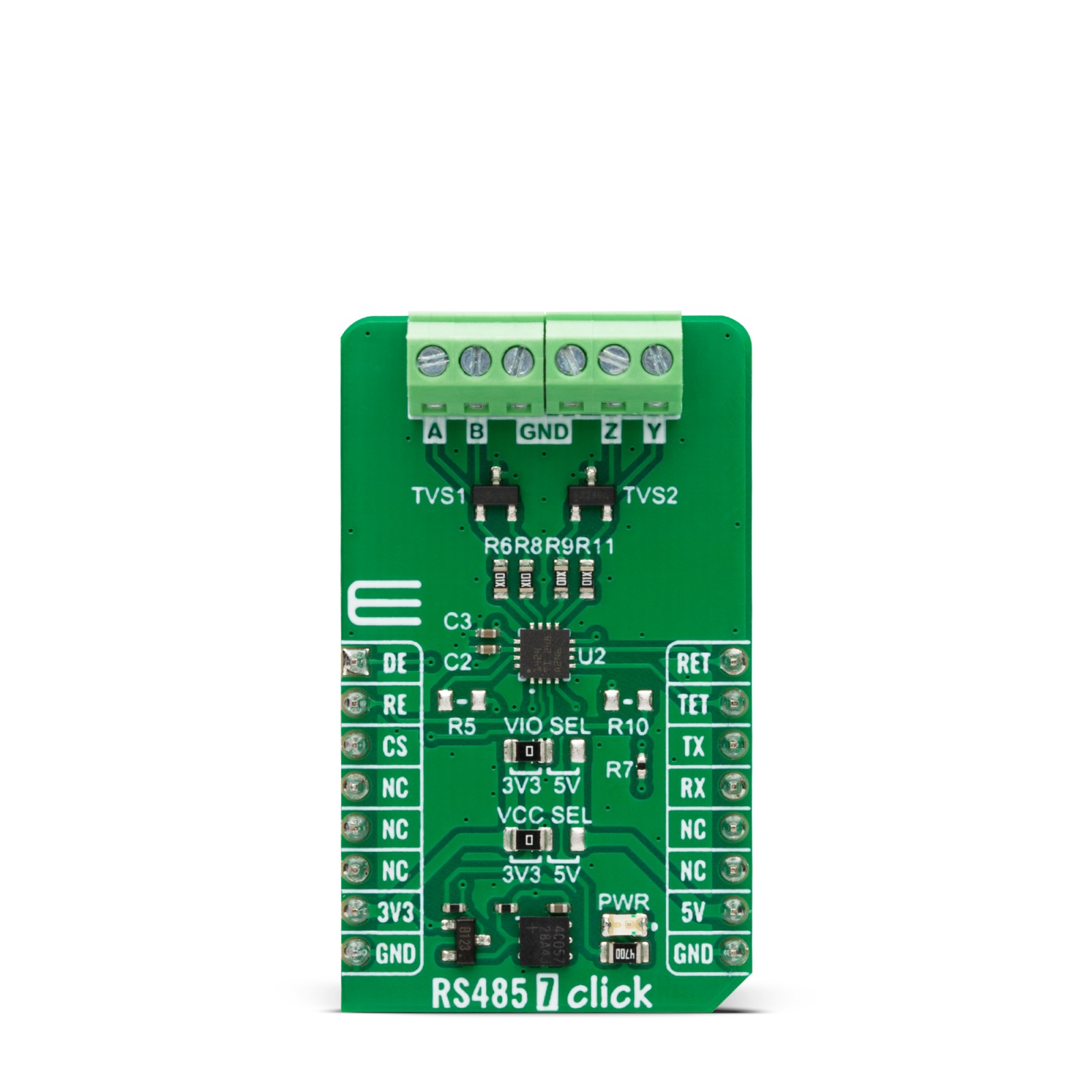
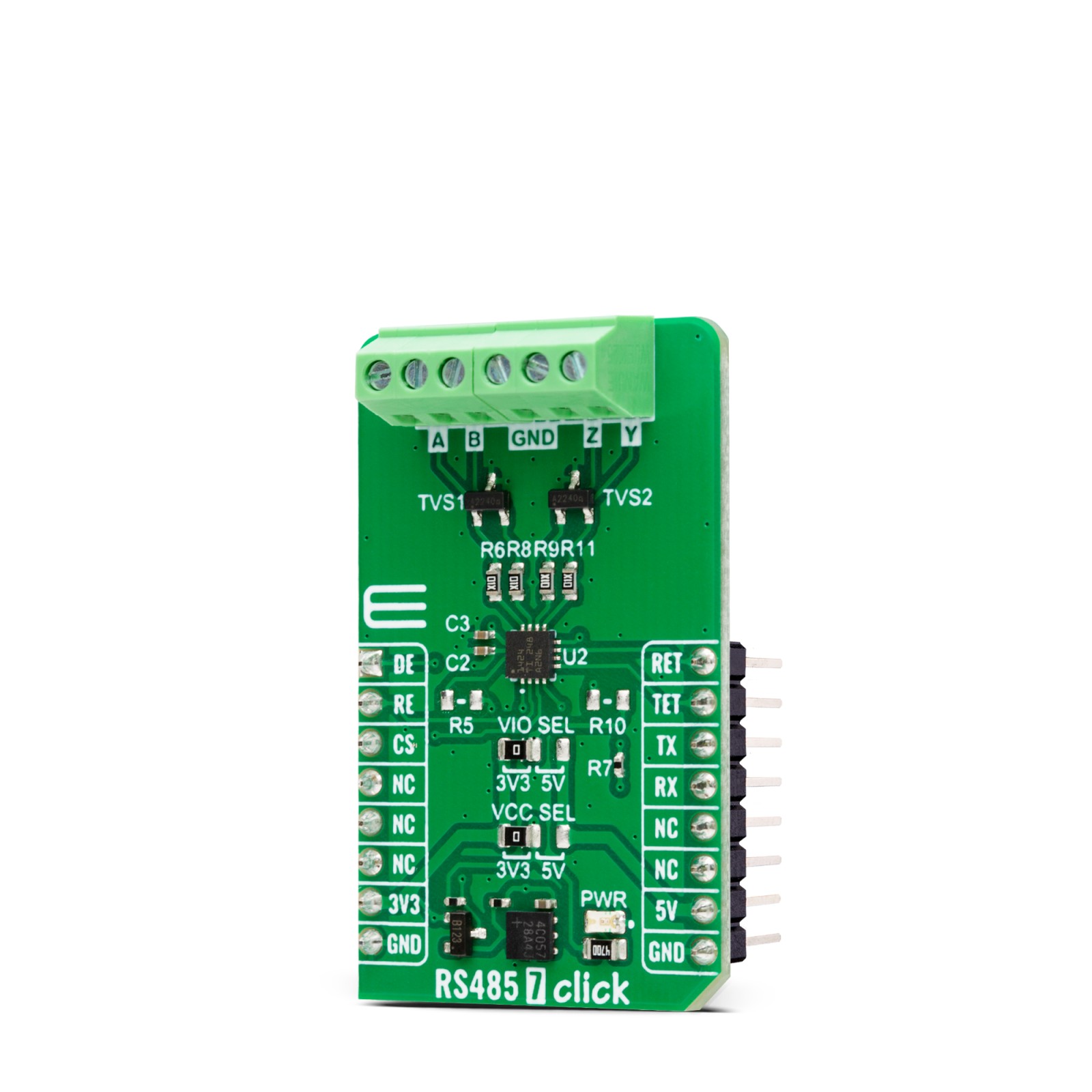
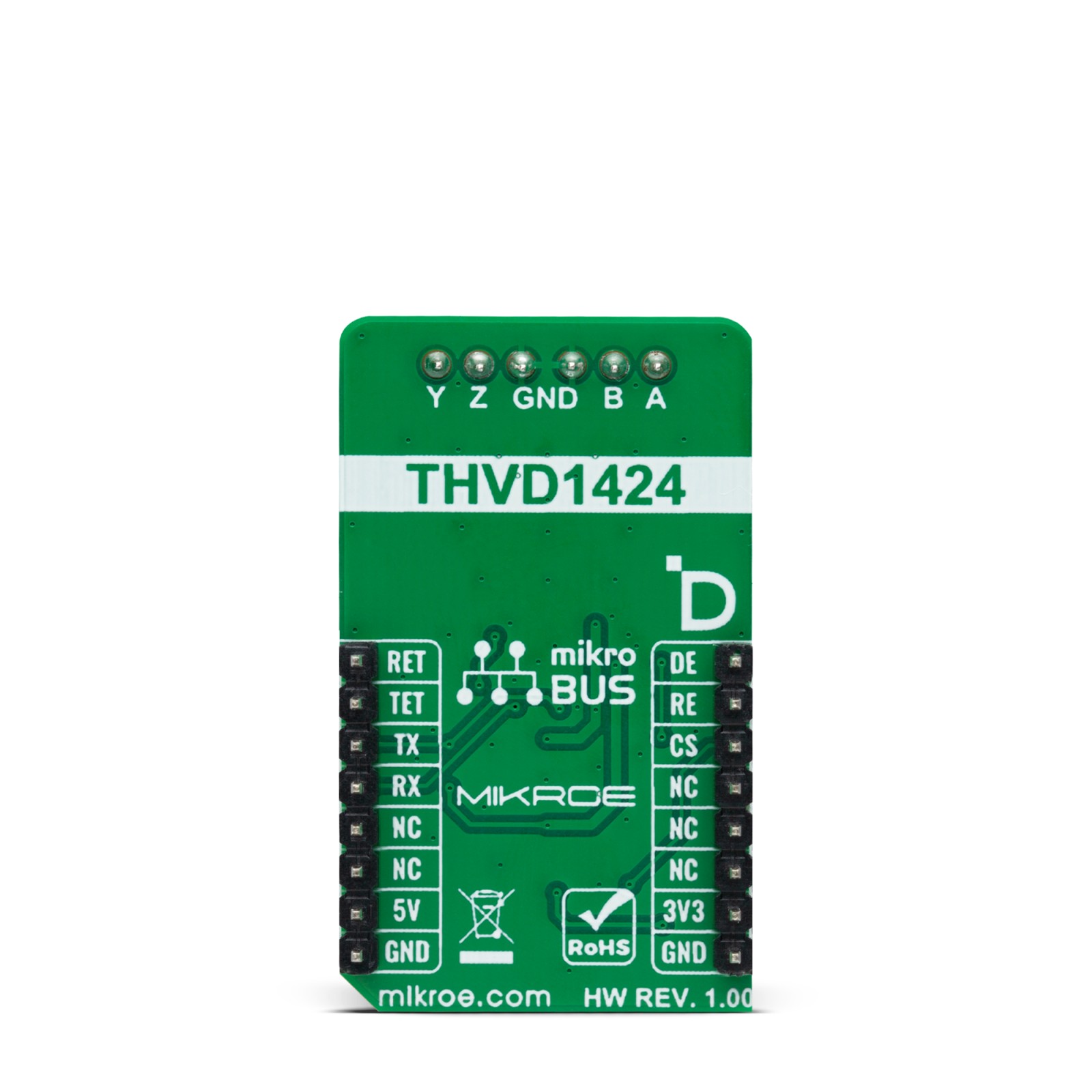
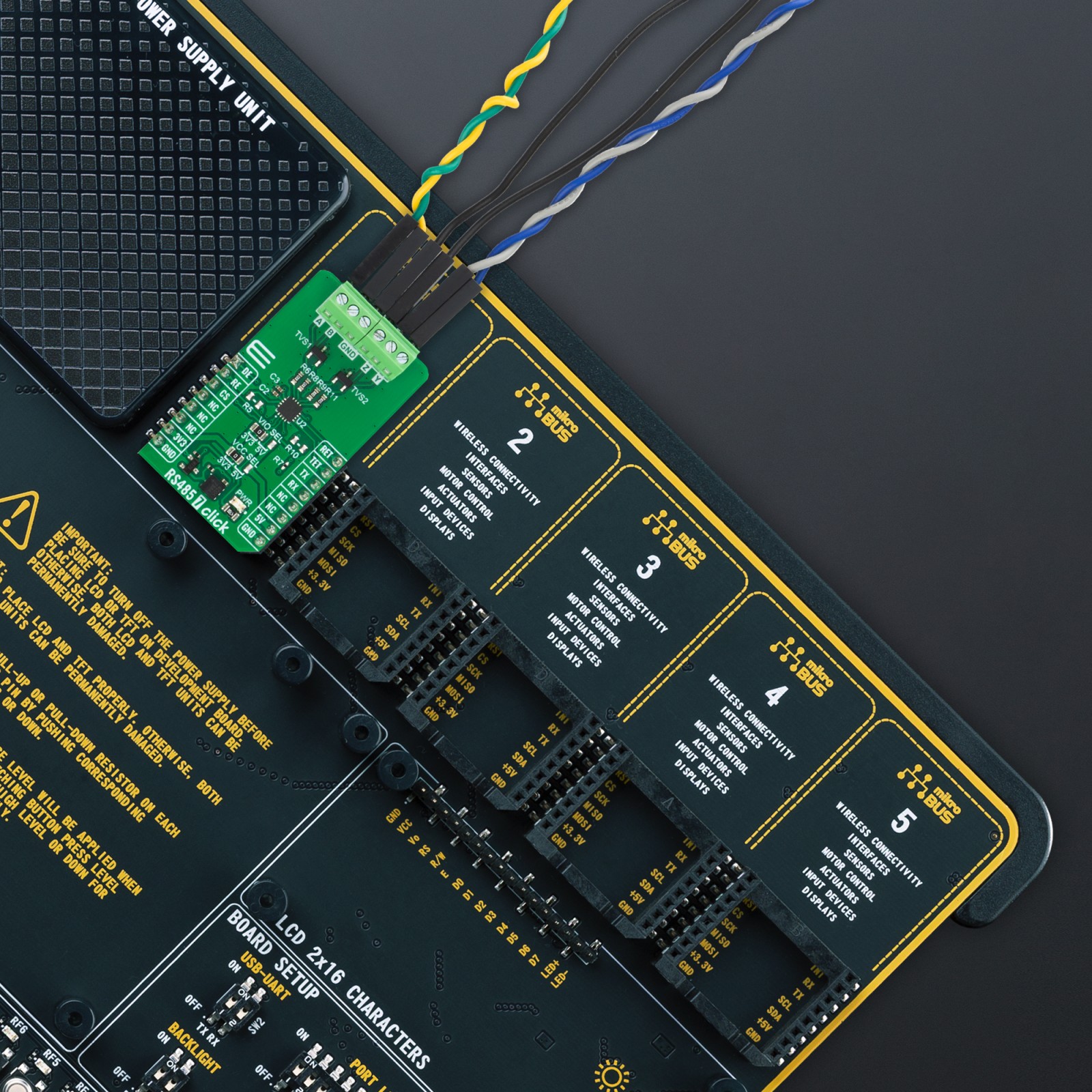
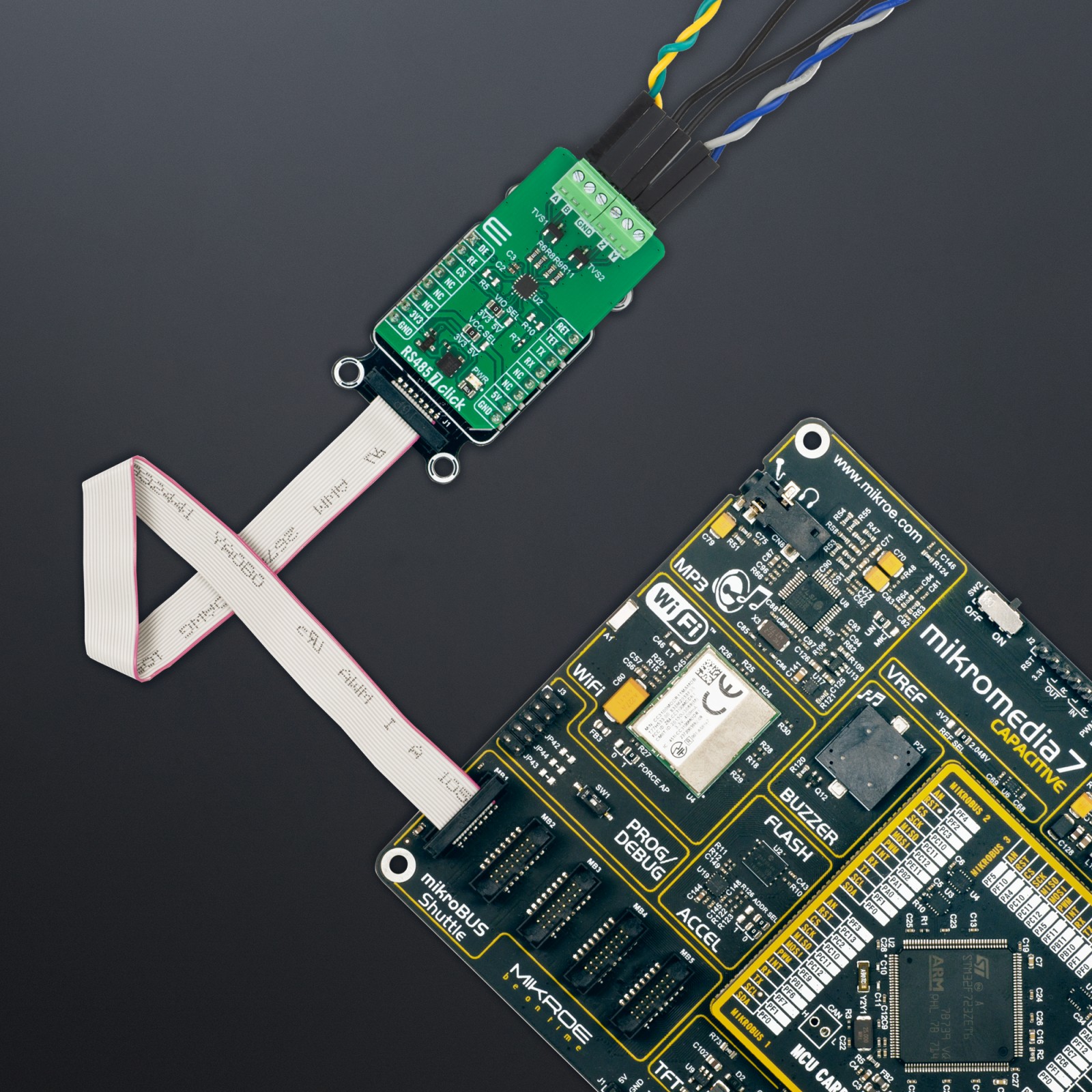
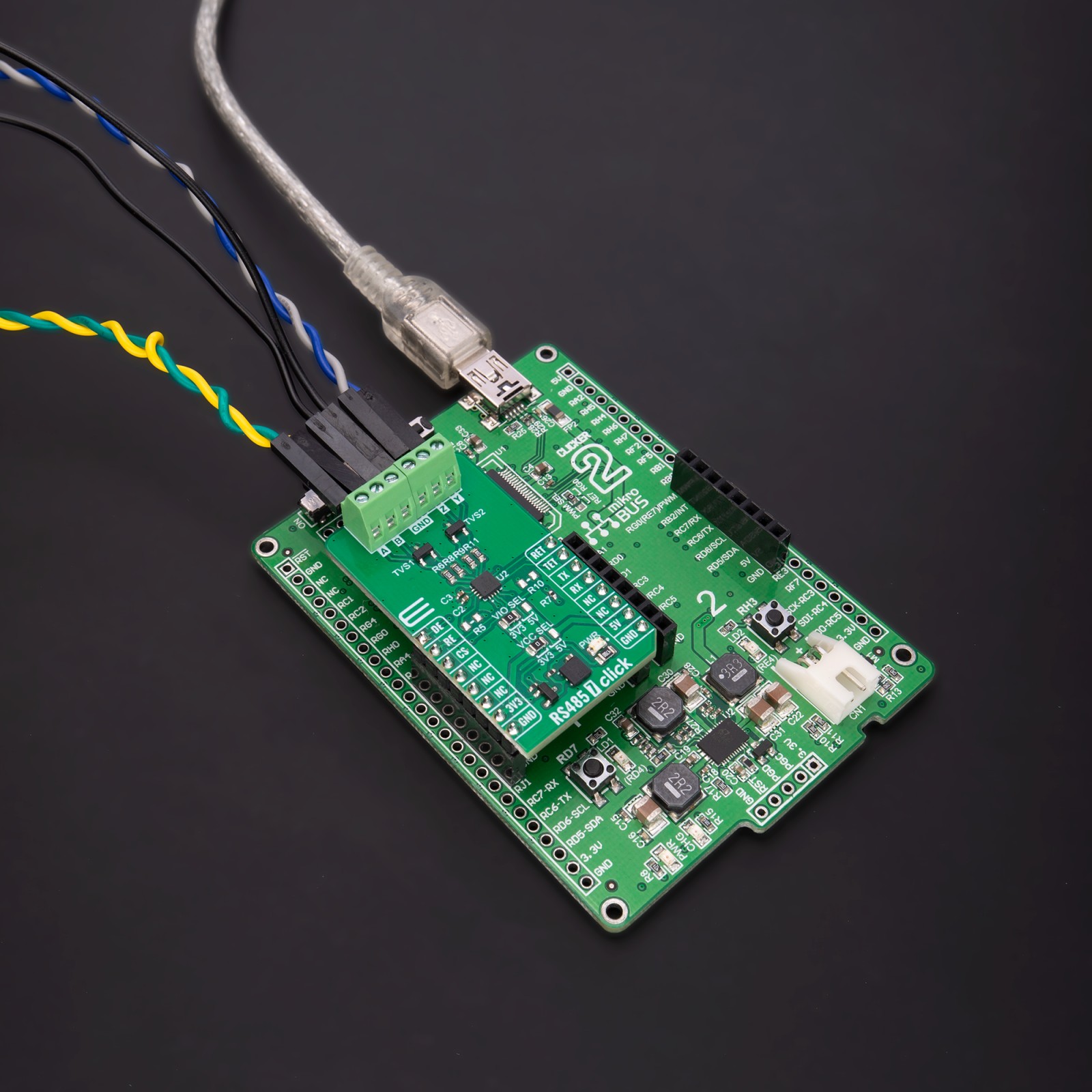
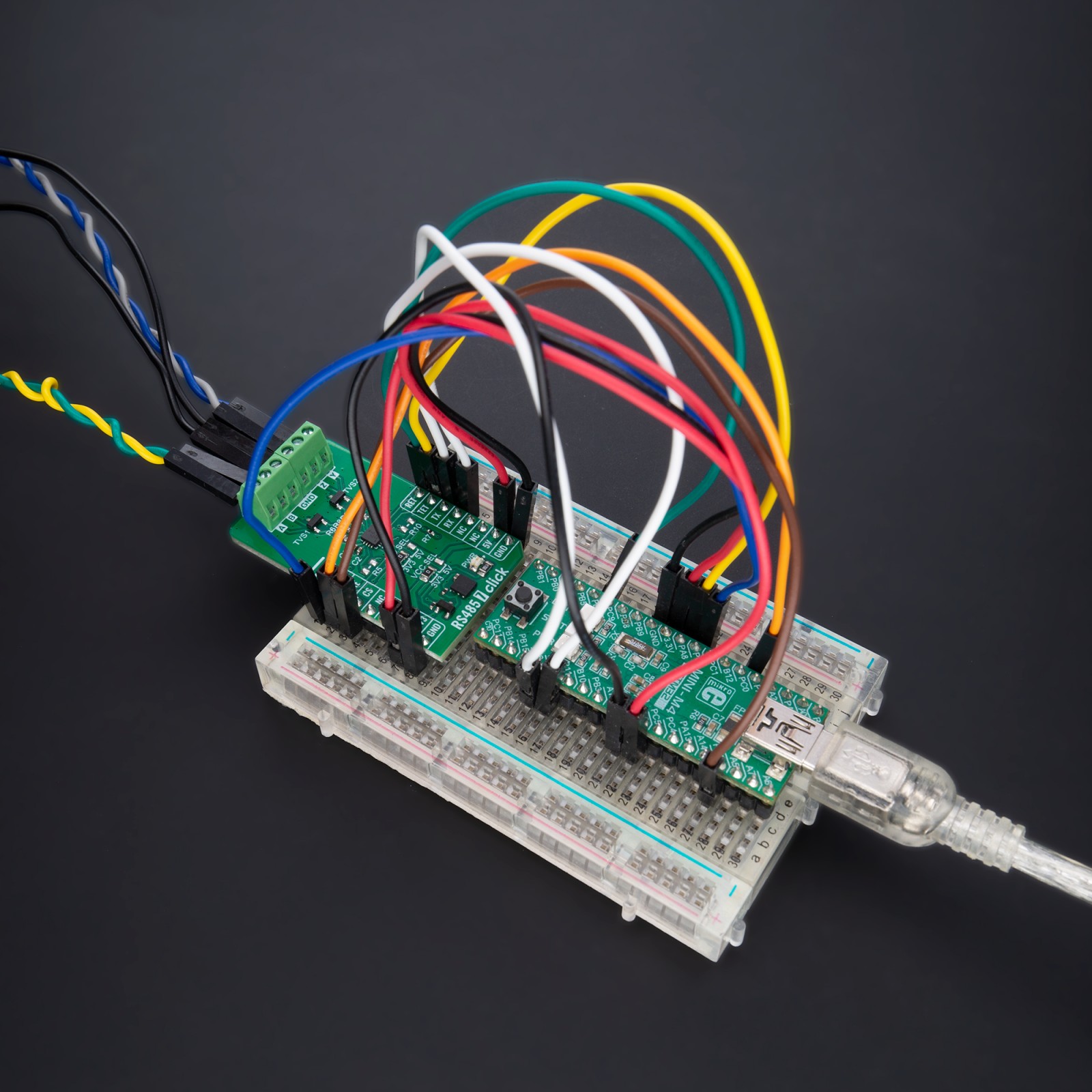
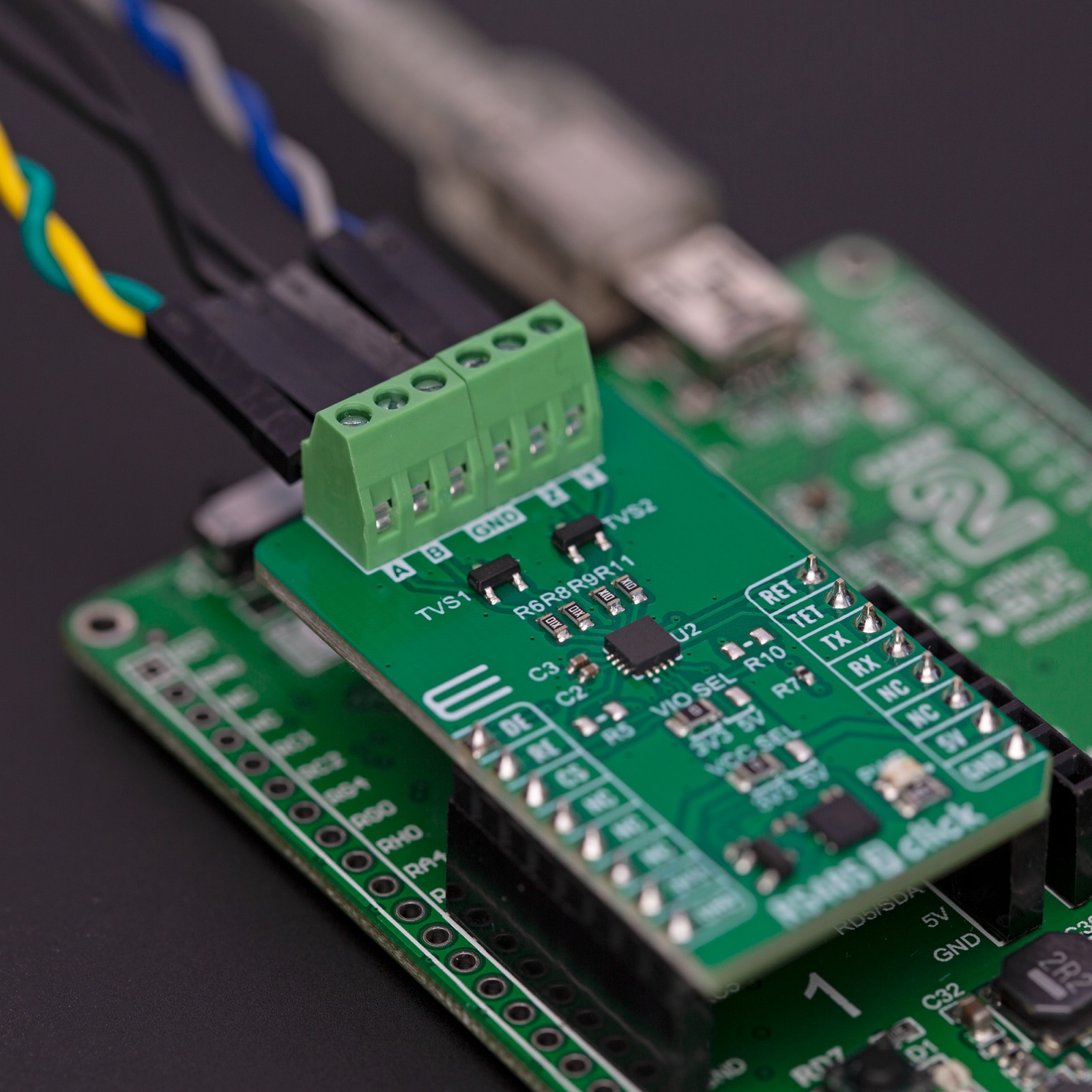
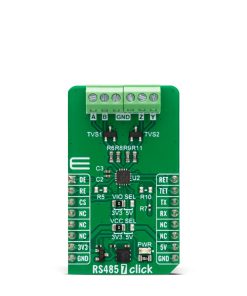
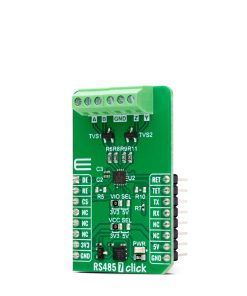
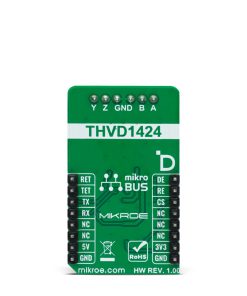

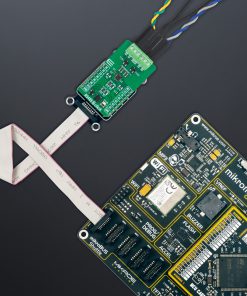

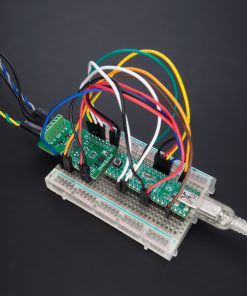
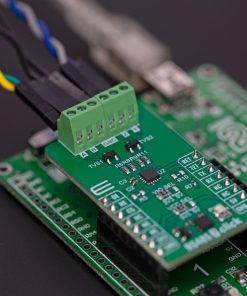
.jpg)








